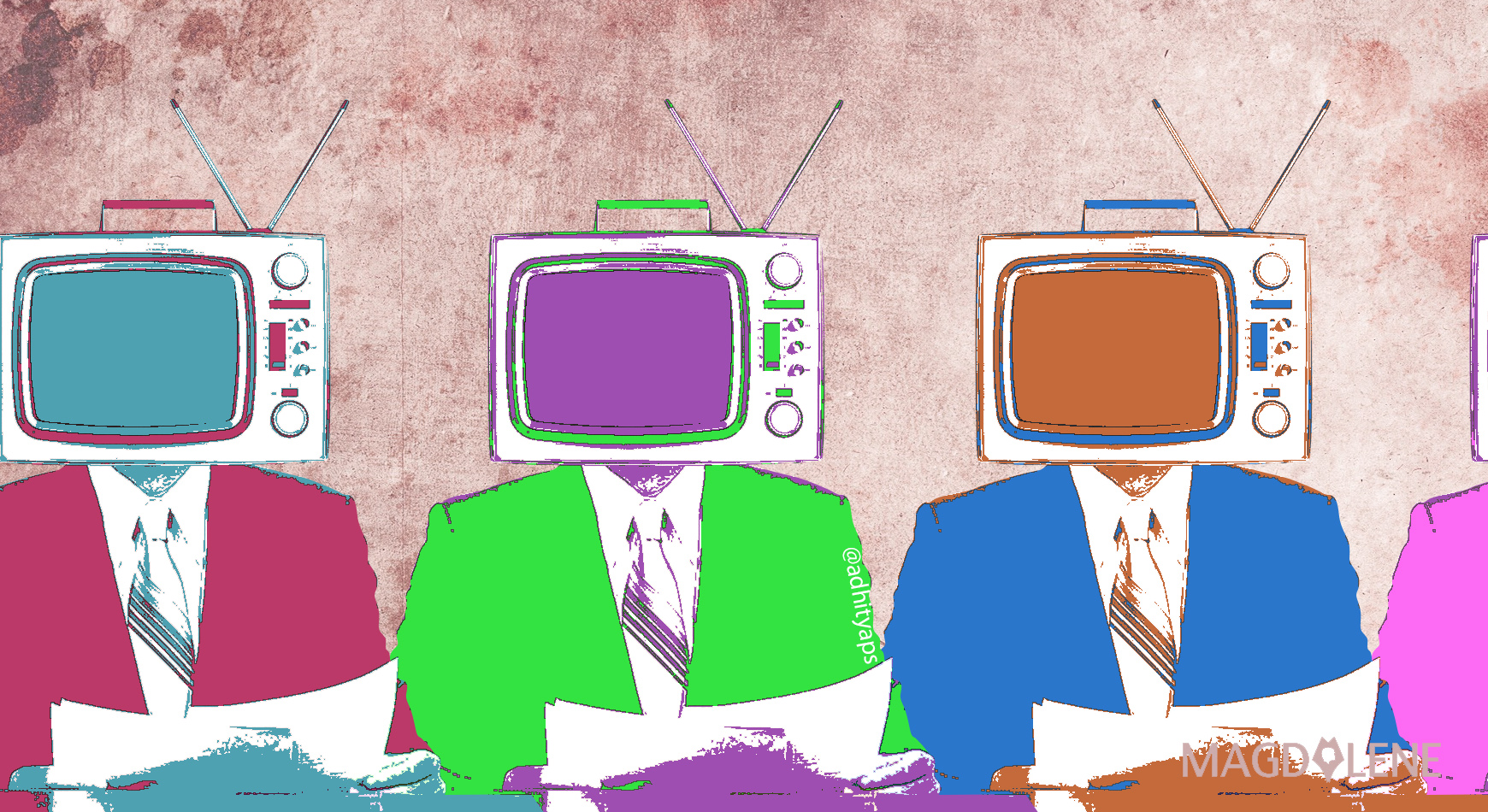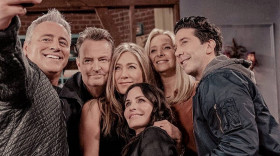The global hit, Black Panther, is an example of how media representation can bring in all the dollars to the studio and have an extraordinary impact on society. All the money that the movie has brought in is an important metric of its success, but those numbers are also indicative of how it has sustained a significant shift in society’s mindset and culture.
Although Black Panther is a story about African people with a nearly all-black cast, the message that it sends transcends all visible geographical, racial and ethnic lines. It should have inspired moviemakers across the globe to also strive for representation in its media, including those from Indonesia.
The problem of under-representation in the Indonesian media
I am not a huge fan of Indonesian TV series and movies. Most of the rationale pertains to the cinematic quality, but one important factor has a lot to do with my inability to relate to the characters portrayed in the films. The reason? Mainstream Indonesian TV and movies portray their main characters as mostly people who come from middle-upper class background, who are urban, religious (Muslim), “pretty” – by Western standard – or of mixed descent (Eurasian). I am neither of those things.
My idiosyncratic point of view, however, might reflect that of hundreds of millions Indonesians. I couldn’t find an Indonesian version of a report such as the Hollywood Diversity Report 2018, so I have to make a rough calculation based on publicly available statistics. World Bank data shows that out of Indonesia’s 260 million people, only 142 million live in cities and have upper-middle level earnings. Eighty-seven percent of Indonesians are Muslim – so if we apply this percentage, the number shrinks to 123 million.
There’s no statistics that show how many of those are “pretty”, therefore for the sake of calculation, let’s be optimistic and ballpark that one-fourth of the Muslim upper middle-class urbanites falls into this category. That gives us roughly 30 million people or 11 per cent of the entire population.
When 11 per cent of the population gets majority of screen time, it indicates a serious problem of inequity in media representation. This lack of representation gives a huge contribution to perpetuating systemic oppression and injustice towards marginalized people in the country.
What is representation?
For Indonesian media to be considered representative, it has to make sure that they have casts, characters and stories that accurately reflect the population of the country. However, media representation goes beyond diversity, it should also avoid stereotypes. Usually, when minorities get screen time, they get stereotyped. For example, Papuans are often portrayed as poor and uneducated, Chinese-Indonesians as parsimonious, and Bataks as aggressive and hot-blooded.
Not just ethnicities, the media also stereotype the rural people as simple-minded and guileless, transgender people as mentally-unstable cross-dressing lady boy, and don’t even get me started on the way women are stereotyped!
When we stereotype, we are confining an assorted and dynamic group into one-dimensional box, stripping off the richness and complexity of a people by associating them with one trait only.
Why is media representation important?
Firstly, a study shows that under-representation in the media affects social justice policy. When media don’t give adequate screen time to minorities, it removes their stories from the public discourse, which leads to more prejudices and unfair treatment. The way it translates to policy is that it underrates the urgency of addressing the rights and needs of the marginalized people.
Secondly, it reinforces cultural domination. Just like many other aspects of the country, the media is very Java-centric. And having a Java-centric mindset is just as hazardous as having a Western-centric one. This is not to say that Javanese (or Western) culture is bad. It just means that we should become more inclusive by having more balanced and diverse cultures in the media, so that we can truly depict the intricate colors and shades that our peoples have.
Thirdly, lack of representation leads to standardization in the media. It includes standardization of beauty, success, behavior, and morality. Beautiful women are defined as light-skinned and thin. Success is defined as having corporate jobs. Preferable behavior is always the gentle and submissive nature. And being moral is defined as being religious.
In reality, beauty comes in all shapes and sizes – you can be dark-skinned and curvy and beautiful. Being a farmer in the village who can feed the entire family is also a success. You can also be aggressive and straightforward, and nobody can say that you’re not Indonesian. Lastly, you can have religion other than Islam, or not have a religion at all while still be moral at the same time.
Addressing the challenges
The entertainment industry might argue that it is hard to find talent from other regions in Indonesia. However, what the people from the margins of Indonesia don’t have is not talent: it’s opportunity.
Indonesian entertainment industry needs to provide this opportunity by putting more money in grooming writers, directors, and actors from the marginalized communities, because that is the only way to bring more diverse and authentic stories to our media. What big Indonesian studios also need to be reminded of is that this type of investment has a very high rate of return.
Another challenge that is closely connected to the problem of under-representation is the issue of censorship. In 2016, The Indonesian Broadcasting Commission issued a regulation that bans feminine male character on TV. Currently, there is a pending bill in the Representative floor that is trying to ban LGBT characters on TV. This demonstrates that having the government regulate media content hampers the production of culturally diverse films. Advocating for a freer media is a fundamental ingredient to achieve representation.
Media is a culture shaper. It has the power to influence and shift mindset. And representative media is a critical ingredient in achieving social justice as postulated in the fifth sila in Indonesia’s state philosophy Pancasila: Keadilan sosial bagi seluruh rakyat Indonesia, social justice for all Indonesians.








Comments